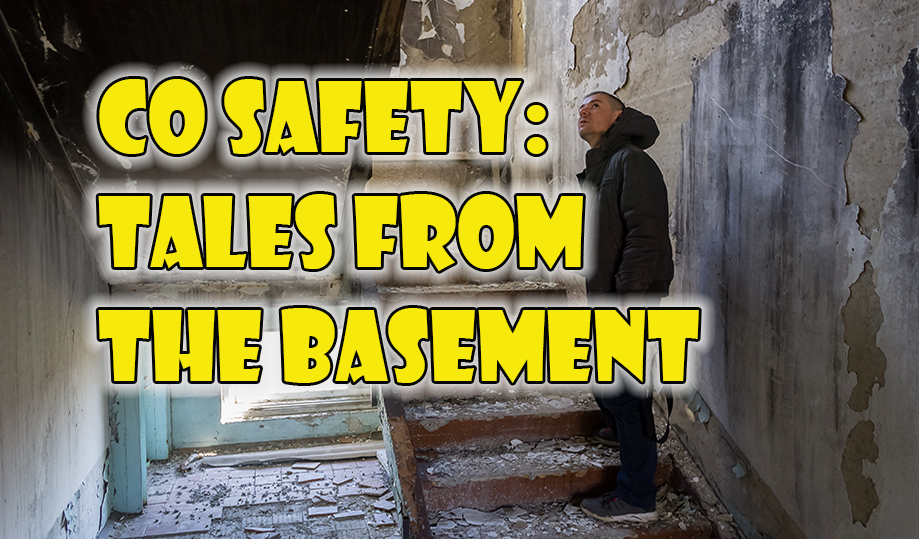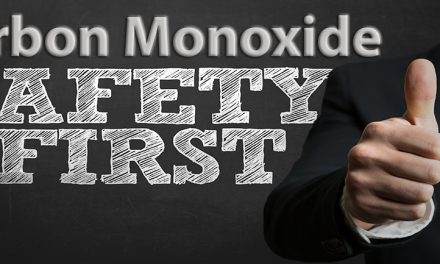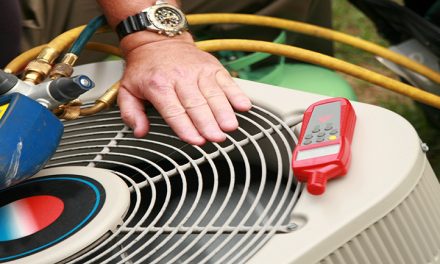One way to help your team believe that is to set up Google News Alerts for carbon monoxide poisoning. Every time a story hits the Internet with carbon monoxide in the title, you’ll receive a link to that story. You will be surprised how many alerts you’ll receive. These stories often contain tales that are based on preconceptions, not facts. If that doesn’t convince you and your team of just how important your work is, then nothing will.
One thing you’ll see in common with these stories is that the media often reports a furnace or water heater caused the issue. However, through training and experience, you will learn this is not always the case.
Carbon monoxide is not confined to only furnaces, boilers, and water heaters. ANY gas-fired appliance, including stoves, gas fireplaces, power generators, cars in garages, and others can cause it.
Power generators are becoming one of the biggest causes of CO issues, especially after a significant weather event that knocks out power to homes. Consumers will buy gas-fired generators from the local big box store and ignore reading the safety instructions for that equipment. They often set up the generator in the basement or the garage. Then, people start to get sick. Worst case scenario, people die.
As HVAC contractors, this is why getting the proper training, like the Combustion Performance and CO Safety training that NCI provides, is essential. Such training will help you and your team understand all the different sources of CO.
Think about this: whether you like it or not, homeowners and the public consider you and your company to be the experts.
With that in mind, your technicians must become like Sherlock Holmes. Detective work requires both physical and visual investigation. Here is the key: When you find unsafe conditions, tell the customer and explain why.
First Responders Mostly ARE NOT Properly Trained
Homeowners who install CO detectors and monitors have no idea what to do when the alarm goes off.
Typically, their first impulse is to call the fire department. In most cases, fire departments are NOT CO experts. They have little training to recognize that CO may be the problem.

Their first action is to condemn the usual suspects: furnaces, water heaters, and boilers.
Then there is the issue of what kind of CO alarm a homeowner should have. Most buy CO alarms from a big box or other hardware stores. But these alarms only detect CO at higher, more dangerous concentrations in the home.
They don’t know it’s better to buy low-level CO monitors. And they don’t know what to do when those monitors go off.
For example, last year I met a contractor who told tales about one of his customers who owned an NSI 6000 low-level CO monitor. One day, that monitor went off, and the customer called the contractor. But they called the fire department first.
When the contractor arrived at the house, the fire department had already been there, telling the contractor that the furnace was the source of the carbon monoxide.
Here’s the rest of the story, as Paul Harvey was so fond of saying. At the time of the alarm, it was August, and the outdoor temperature was 95°F.
The furnace wasn’t running.
After visually investigating the scene and conducting tests, the contractor discovered the homeowner was canning vegetables all morning. She was boiling water on her stove, and enough carbon monoxide had built up to set off the low-level CO monitor.
Click Below for the Next page:













Recent Comments